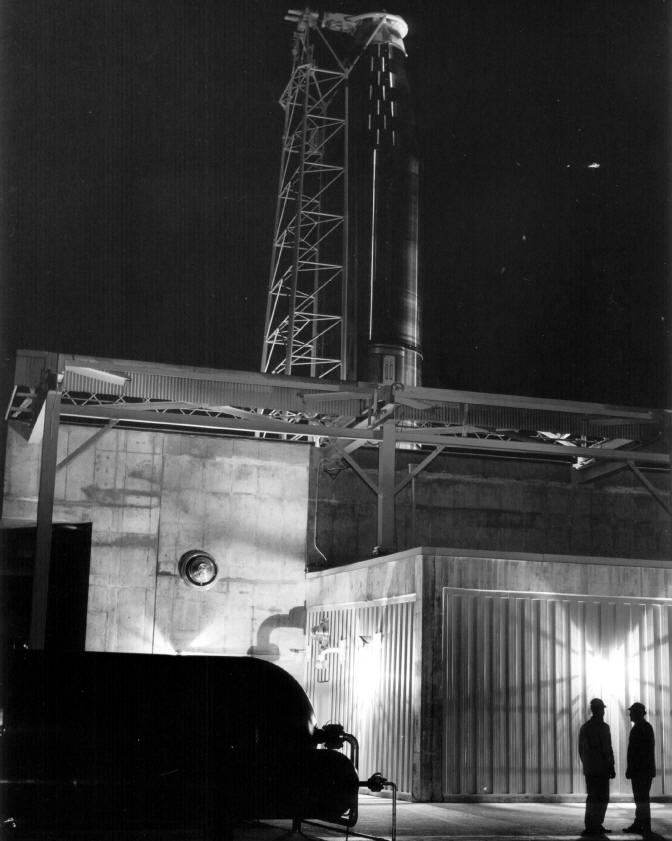Nebraska Ordnance Plant

One of four munitions depots established in Nebraska during World War II, Nebraska Ordnance Plant went on to support Atlas-D missiles until their deactivation in 1964. Today, the University of Nebraska operates on much of the property.
World War II
During 1942, 17,000 acres of land south of Mead, Nebraska was acquired as a munitions plant to support the war effort. Four bomb loading lines were built and the plant was soon producing bombs, boosters and shells. An explosive booster assembly plant, an ammonium nitrate plant, a proving ground, analytical laboratories, administrative areas and waste disposal areas made up the rest of the area.
Post-War
The plant reactivated for the Korean War, once more producing munitions until 1956. By 1959, the plant was declared excess and turned over to the General Services Administration for disposal.
Because of the ongoing Cold War however, and the area's proximity to Offutt Air Force Base, the US Air Force took an interest in the property. A GLOBECOM communications center was built on site during the 1950s while a more modern site was built in 1961. An Air Force communications system that existed before the Strategic Air Command's Strategic Automated Command and Control System, GLOBECOM was rendered obsolete by 1964 and the facility closed.
Missiles
In 1959, both the US Army and the US Air Force began utilizing portions of the former plant for a missile mission. The Army would use 12 acres as a maintenance area for Nike-Hercules missiles based near Lincoln and Offutt Air Force Bases.
At the same time, the US Army Corp of Engineers began construction of Atlas-D site "A" of the 566th Strategic Missile Squadron (later the 549th SMS), on the eastern end of the complex. By 1960, three Atlas missiles began the alert mission that would continue until their phase-out in 1964. The property would later revert to control of the Nebraska National Guard.
Present Day
The University of Nebraska would take over 9,600 acres in 1962, added by an additional 600 acres in 1964, for use as an Agricultural Research and Development Center. By 2020, much of the property remained in University ownership.
The former Nebraska Ordnance Plant suffers from a number of contamination issues including RDX, TNT and polychlorinated biphenyls.